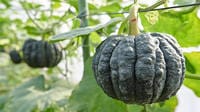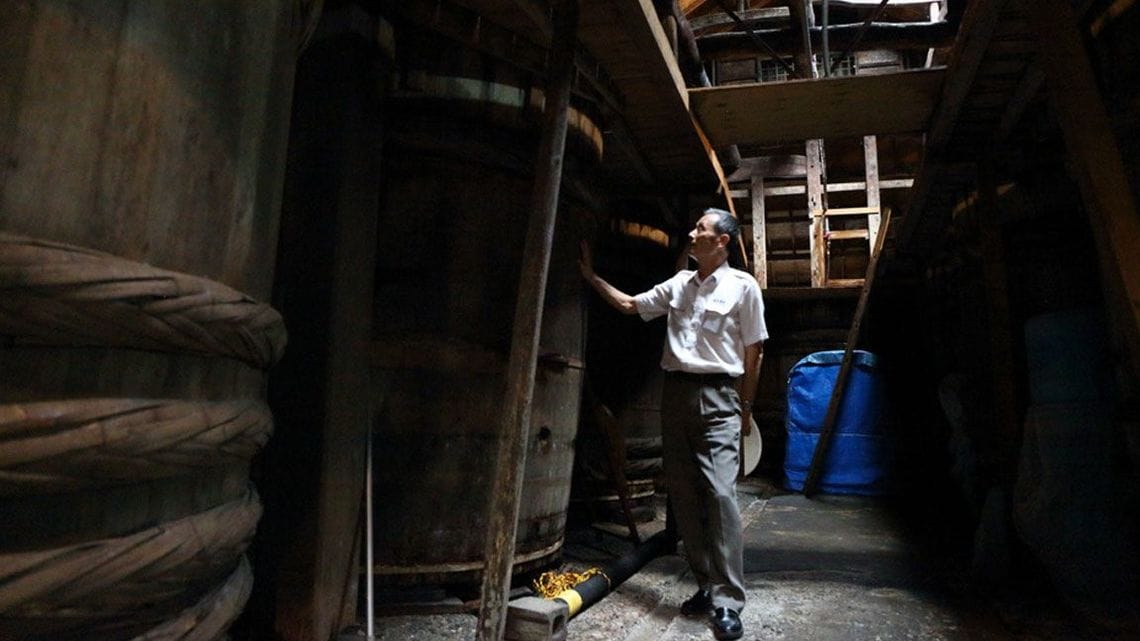

Soy sauce is vital for the Japanese diet. As more soy sauces become machine-made, Matsumoto Shoyu Shoten, established in 1764 in Kawagoe, Saitama Prefecture, continues to produce soy sauce using a traditional method. They can produce all their soy sauces including Hatsukari Soy Sauce, which is aged over two years, with a traditional brewing method because they still have the soy sauce cellar they have kept since the Edo period (1603–1868).
An esteemed retailer of soy sauce in Kawagoe with a history of over 250 years
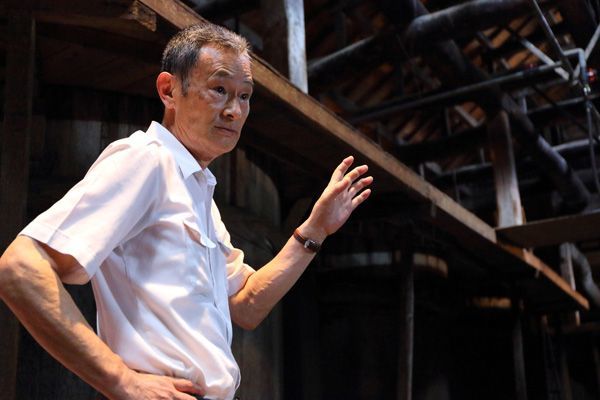
Kawagoe is a popular tourist spot, nicknamed “Little Edo (Edo is the former name of Tokyo),” with magnificent cellar-style buildings. Matsumoto Shoyu Shoten is the symbol of this scenic town, situated close to the bell tower called Toki No Kane.
In 1764, Gorobe Yokota, a famous wealthy merchant of Kawagoe, started producing soy sauce locally in Kawagoe. In 1889, Shinjiro Matsumoto inherited Yokota’s buildings and staff and established Matsumoto Shoyu Shoten. Having survived the Great Fire of Kawagoe in 1893, Matsumoto Shoyu Shoten still has the cellar built in the Edo period. The cellar-store facing the street is Kawagoe’s important tangible cultural property, and the barrel for brewing the soy sauce is also an important property, certified as an important townscape monument.
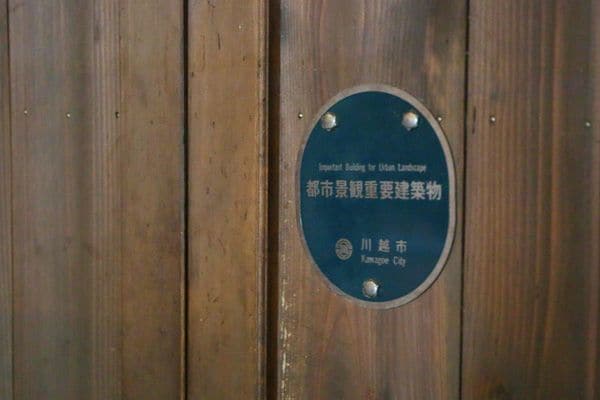
A vital part of Matsumoto Shoyu Shoten’s soy-sauce-making is a fermentation cellar, built in 1830. In the cellar, koji (a mixture of soybeans and wheat) and brine are fermented and matured to make moromi, a mass of fermented mash and a source of soy sauce.
The owner, Kimio Matsumoto, always bows before entering the cellar. When we asked why, he said “Because I think there gods in here.”
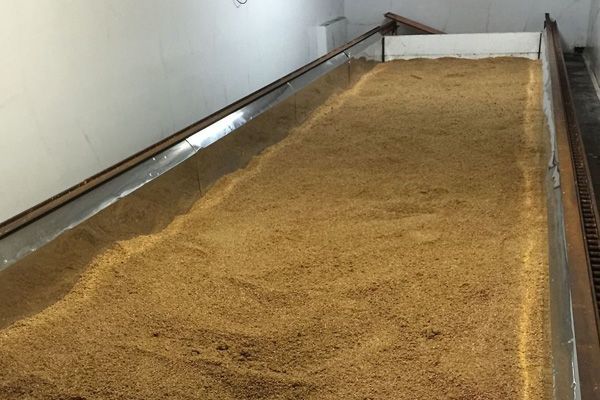
“This cellar was built in 1830, the first year of the Tenpo period (1830–1844), so we call this cellar Tenpo Cellar. The cedar barrels in here are as old as the cellar, but are good as new after 180 years. There are many microorganisms in this cellar, like yeast and lactic acid bacteria, responsible for the slow and natural fermentation and aging process. We can continue our traditional soy sauce production because of this cellar and wooden barrels. Otherwise, we would never be able to make the same soy sauce again.”
Power of nature creates soy sauce in the Tenpo Cellar
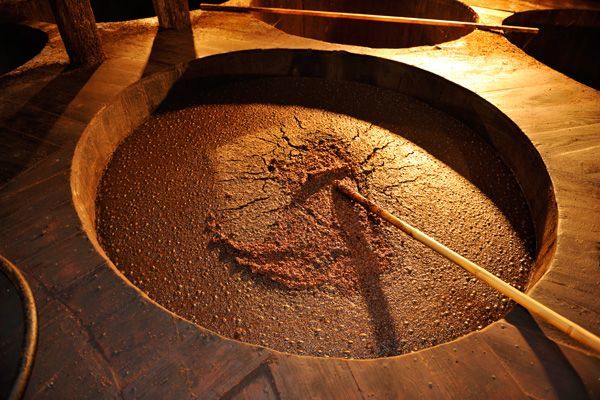
Matsumoto Shoyu Shoten gives tours of the soy sauce cellar to tourists. We also asked Matsumoto to give us a tour. Soy sauce is made of soy, wheat, salt and water. Moromi, made with koji and brine, is fermented, aged and yields soy sauce when squeezed.
Koji production takes place in a relatively cool period of October to May in a room called kojimuro (koji room). It is prepared over a course of three days under controlled temperatures and humidity. For koji’s soybeans and wheat, Matsumoto adheres to local produce, without resorting to cheaper foreign alternatives.
“Our soy sauce is completely natural and we use no additives whatsoever. To keep ingredients as safe as possible, we have been sourcing them from local farmers since about 40 years ago. We cannot produce that much quantity, we are just getting by with local ingredients.”。
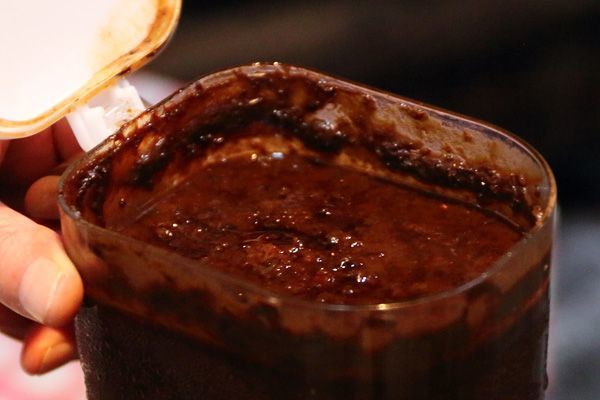
When the koji is ready, it is moved to the Tenpo Cellar. It is put into the wooden barrel with brine as moromi, fermented and aged slowly over the next year. When the moromi is squeezed, soy sauce oozes out.
When we followed Matsumoto and entered the Tempo Cellar, we were engulfed in a quiet, moist air and the aroma of maturing moromi. It was cool inside the cellar. Apparently, the cellar stays cool even in the summer, so the moromi ages naturally without air-conditioning. The ceiling with neatly aligned thick beams and the old wooden barrels that are probably two meters high, almost have an air of dignity. Just as Matsumoto says, it does feel as if there are gods living in here.
The moromi slowly ferments and ages, with the microorganisms living on the cellar wall, floor and in the cedar barrels. Of course, it is not just left to take its own course. Craftsmen often stir the barrel with a wooden rod, a process called kai-ire, to send oxygen into the yeast and remove the gas from fermentation. They do this about once a week in the summer because fermentation happens quickly in the summer.
In the soy sauce cellar tour, visitors can sample the precious moromi. Contrary to our belief that it would be salty, we were taken by surprise with its fruity sourness and refreshing sweetness. Afterwards, a delicious, rich taste lingers on our tongue. Each barrel yields different finish, so the craftsmen keep the moromi’s taste uniform by blending moromi from several barrels. It is up to their expertise to see which moromi to mix and when to squeeze them.
Hatsukari Soy Sauce takes twice as long and requires much effort
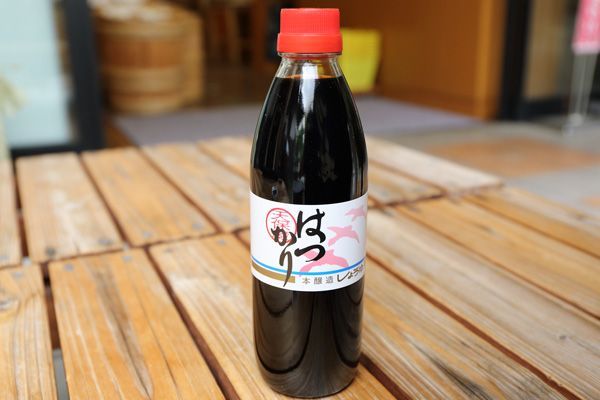
There are many varieties of soy sauce, but Matsumoto Shoyu Shoten mostly makes Hatsukari Soy Sauce, an aromatic soy sauce made with a special repeated fermentation technique.
The usual machine-made soy sauces take only four to six months to make, to accelerate fermentation and shorten the brewing period. But Matsumoto Shoyu Shoten spends a year to ferment and age moromi. Moreover, in case of Hatsukari Soy Sauce, the soy sauce completed after a year is put back into the wooden barrel with koji, and fermented and aged for another year before it is finally complete. It is a premium soy sauce that takes twice as much time, ingredients and effort to prepare.
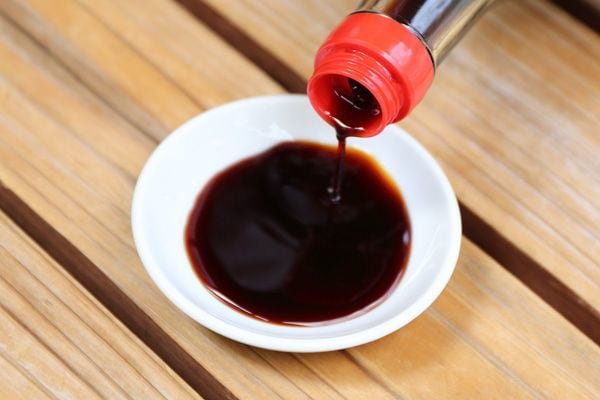
“We have great support from our customers and about 80% of our soy sauce is Hatsukari. With the repeated fermentation, the soy sauce will be much sweeter and tastier than soy sauces that take only a year to prepare.”
Hatsukari Soy Sauce can be used for a various types of cooking, for marinating or pouring over dishes, but Matsumoto suggests using it for lightly marinating radishes. Apparently, the radish becomes wonderfully tasty by just slicing it thinly and marinating it in Hatsukari Soy Sauce for about two hours.
“Soy sauce tastes best when it is freshly squeezed. It loses its flavor gradually over time. So it is better to buy small bottles frequently than buying a big bottle,” says Matsumoto.
The shop adjacent to the soy sauce cellar sells gelato, ingredient mix to put in when cooking rice, and ramen jointly produced with local ramen bars, all featuring Hatsukari Soy Sauce.
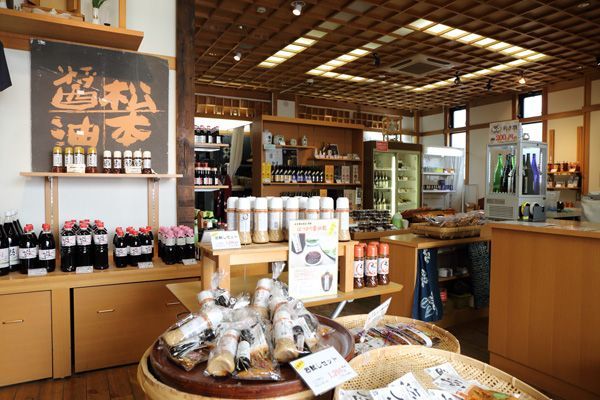
Matsumoto Shoyu Shoten’s history spans about 250 years. Matsumoto, who loves the town of Kawagoe, says he wants to continue making soy sauce there for as long as the Tenpo Cellar exists.
“I have managed to preserve the tradition so my job is to pass it onto the next generation, but our soy sauce production is really centered on the Tenpo Cellar. I would like the next generation to make the soy sauce our way for as long as that cellar exists. It is meaningless if the soy sauce is made elsewhere in a factory.”
The traditional soy sauce production only possible in the Little Edo of Kawagoe continues onto the next generation, along with its historical cellar.
(Writer : ASAKO INOUE / Photographer : SATOSHI TACHIBAN)


